12 Things Our Parents Did in the ’60s That Just Don’t Work Anymore

The 1960s were a different universe—fewer rules, more trust in luck, and a whole lot of cultural momentum. Many habits felt normal then, but today they raise eyebrows and insurance premiums. As science, safety standards, and social values evolved, so did our understanding of risk and responsibility. Here are 12 things our parents did that just don’t fly anymore—and what replaced them.
1. No Seat Belts or Car Seats

Back when bench seats ruled the road, kids often rode shotgun—or stood up—while the radio crackled. Seat belts weren’t standard, and car seats were practically nonexistent or novelty items. Parents assumed careful driving was protection enough, and laws didn’t say otherwise. Today, data paints a stark picture: restraints save lives and prevent severe injuries. We now follow age, weight, and height guidelines, using rear-facing, forward-facing, and booster seats as kids grow. It’s not just law; it’s culture. Parents schedule professional installs, double-check latch systems, and obsess over expiration dates. The freedom of bouncing around a car became a calculated risk no one needs to take anymore.
2. Smoking Everywhere
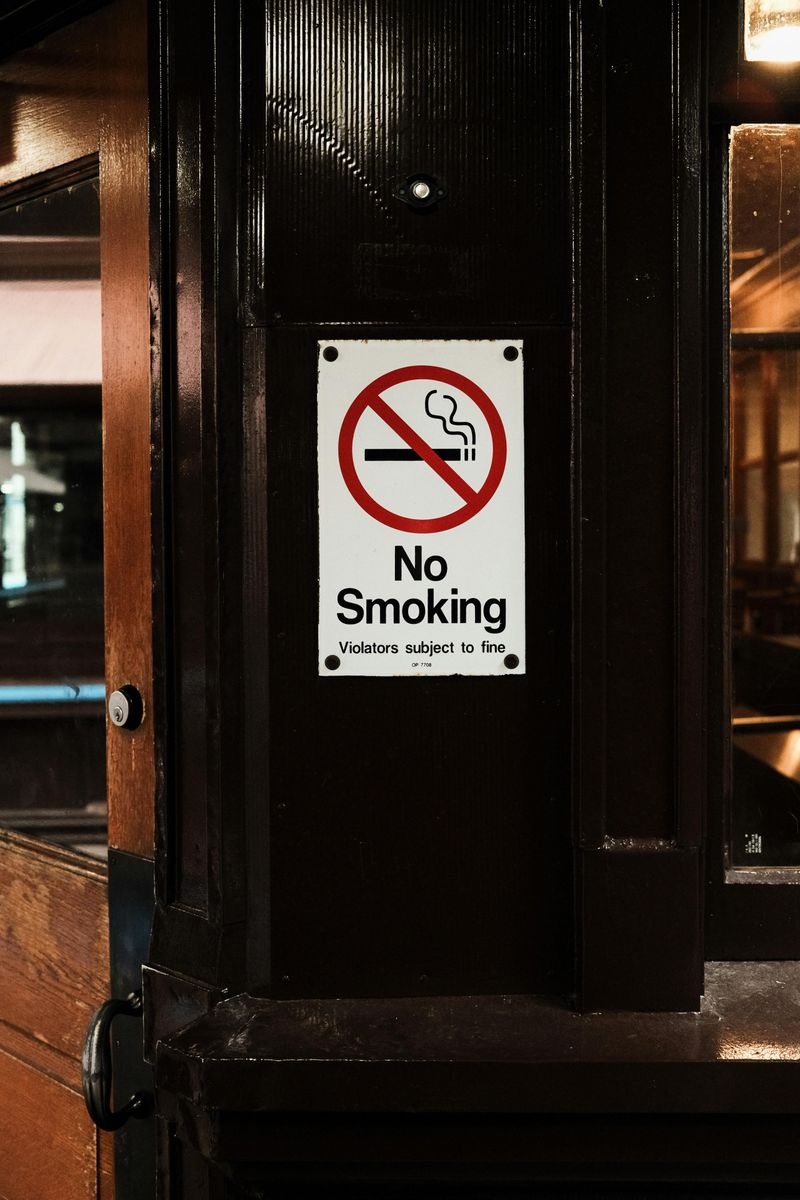
Lighting up in restaurants, offices, airplanes, and even hospital waiting rooms was once unremarkable. Smoke hung in the air like wallpaper, and ashtrays were ubiquitous decor. The cultural pivot came with research linking secondhand smoke to cancer and respiratory disease. Public health campaigns, litigation, and workplace policies transformed norms. Now, smoking sections feel as archaic as rotary phones. Bans in public spaces are standard, and vaping meets increasing scrutiny too. We design buildings with clean air in mind, and smoke-free environments are both legal and social expectations. The shift wasn’t just moralizing; it was medicine, economics, and a collective decision to breathe easier—literally.
3. Leaving Kids Home Alone for Hours

In many neighborhoods, parents ran errands or worked while kids roamed from dawn to dusk. Communities often knew each other, and dangers felt distant. Today’s environment presents different realities: dual-income households, urban density, social media, and heightened awareness of risks. Laws in some regions specify minimum ages for being home alone, and after-school programs fill gaps. Parents use doorbell cameras, smart locks, and check-in calls for oversight. The shift isn’t just fear-based; it’s structural—fewer stay-at-home adults, longer commutes, and changing community ties. Freedom still matters, but it’s granted with defined boundaries, trusted adults, and incremental responsibility instead of open-ended absence.
4. Corporal Punishment at Home and School
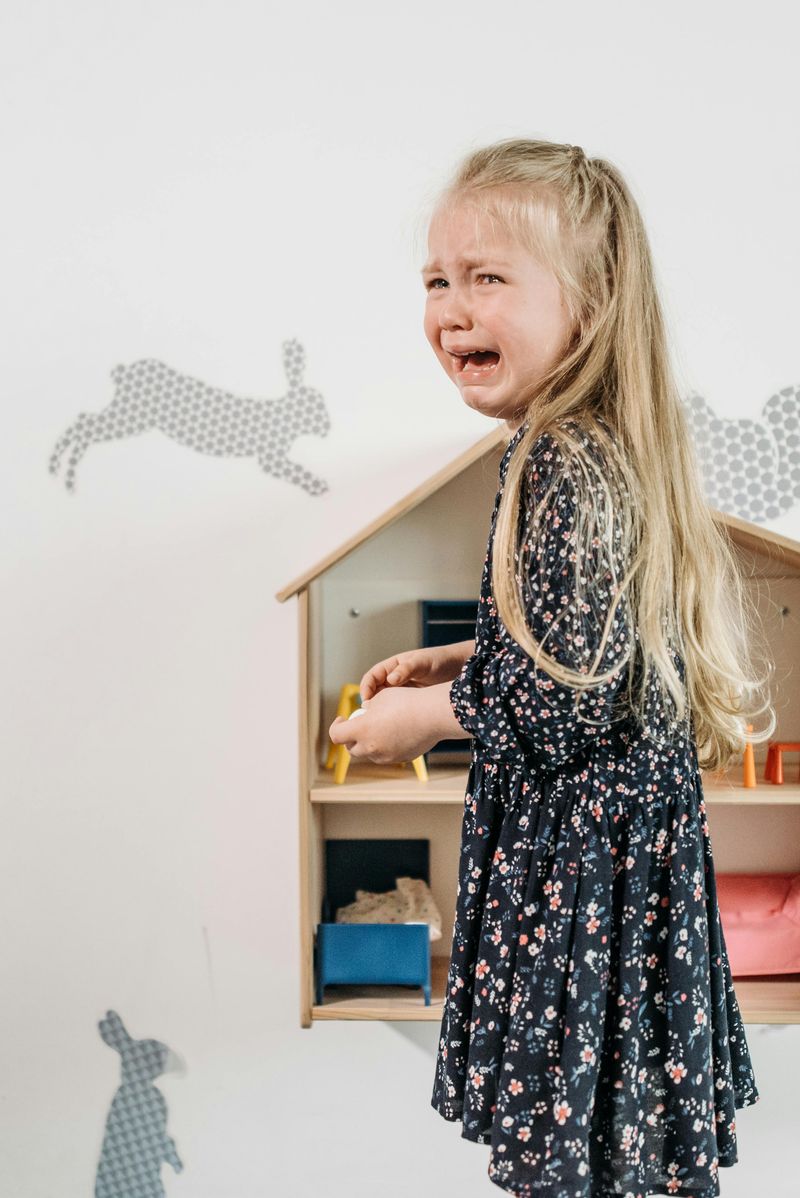
Once, spanking at home and paddling at school were mainstream discipline tools. Many parents saw it as effective, quick, and character-building. Over time, research highlighted negative outcomes: increased aggression, anxiety, and strained trust. Schools shifted toward restorative practices, de-escalation, and student support services. Parents embraced time-ins, natural consequences, and emotional coaching. In some regions, corporal punishment in schools is banned outright; in others, it’s heavily scrutinized. The modern goal is teaching self-regulation rather than enforcing compliance through pain. While debates persist, the consensus trend prioritizes dignity, communication, and long-term behavior change, reflecting a deeper understanding of child development and trauma.
5. No Sunscreen, Just Baby Oil

Deep tans were badges of leisure, and baby oil amplified the glow. SPF was barely a concept, and peeling sunburns were treated like rites of summer. Dermatology changed the playbook by linking UV exposure to premature aging and skin cancers. Now, sunscreen is routine: broad-spectrum SPF 30 or higher, reapplied every two hours, with hats and UPF clothing as backups. Parents track the UV index and schedule shade breaks. Tanning beds have fallen out of favor, and skin checks are common preventive care. The aesthetic has shifted from bronzed-at-all-costs to healthy skin that lasts longer than a vacation’s worth of photos.
6. Hitchhiking

Once romanticized as budget travel and serendipitous connection, hitchhiking was a cultural rite for some. As crime reporting and data collection improved, risks became harder to ignore. Today, rideshare platforms offer traceable trips, driver vetting, and GPS logs—modern answers to the same mobility need. While some still hitch in specific regions, social norms discourage it, and safety planning dominates. Travelers lean on public transit, car shares, and community forums to minimize uncertainty. The allure of spontaneity gave way to accountability and digital breadcrumbs. The open road remains, but we now value getting there with a record, a plan, and a panic button.
7. Drinking and Driving (Casually)

“A couple drinks” before driving once felt socially acceptable, especially in small towns. Over time, evidence mounted: alcohol impairs far earlier than intuition suggests. Stricter DUI laws, checkpoints, and public campaigns reframed norms, while ride-hailing made alternatives easier. Now, designated drivers, mocktails, and personal breathalyzers are common. Insurance penalties, legal costs, and moral weight reinforce the change. The conversation shifted from personal tolerance to measurable risk, with blood alcohol limits and zero-tolerance policies for younger drivers. Convenience no longer justifies danger. The expectation is clear: plan your ride before the first sip, and treat the wheel like a responsibility, not a guess.
8. Gender Roles at Home
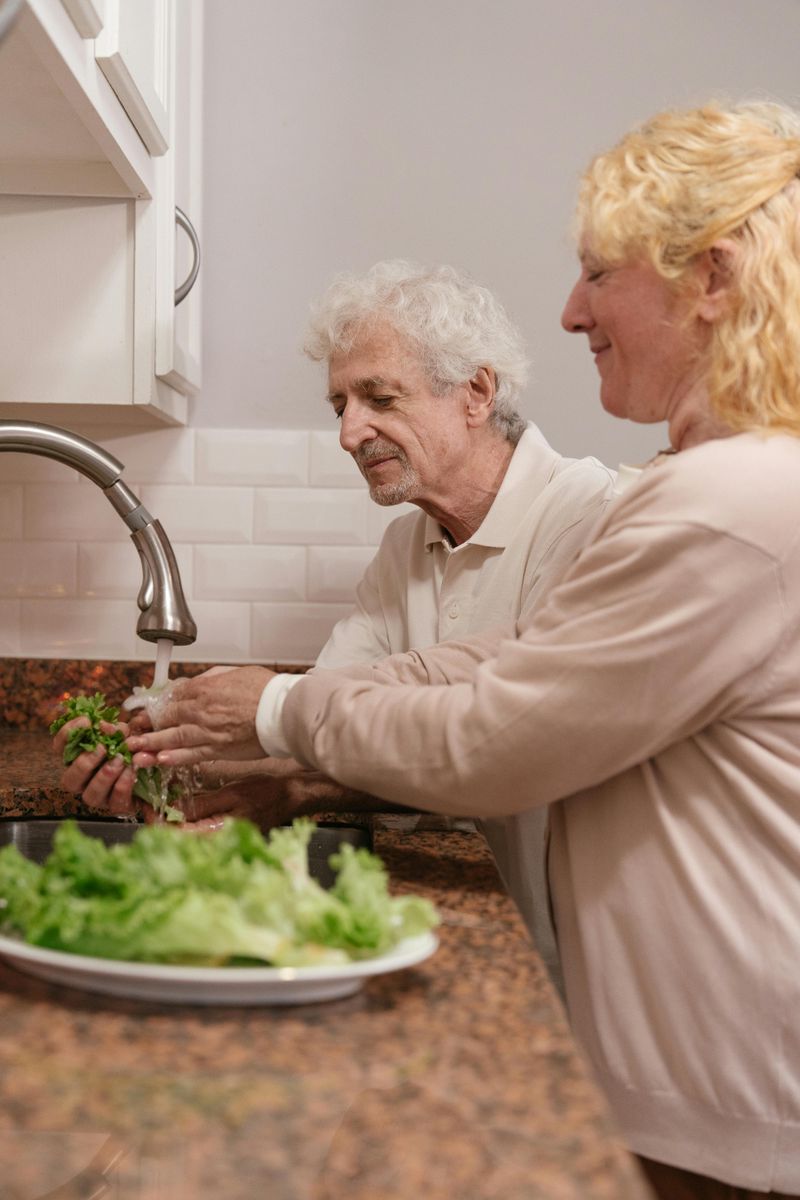
Domestic life once followed a narrow script: men as breadwinners, women as homemakers. Economic shifts and feminist movements redrew the map. Dual incomes, caregiving fathers, and career-focused mothers are all normalized, with more flexible definitions of partnership. Household labor is increasingly discussed, measured, and shared—though gaps remain. Policies like parental leave and flexible work support new arrangements. Kids see a broader spectrum of role models, from single-parent households to same-sex partners. The modern question is less “Who should?” and more “What works for us?” Families now design their own balance, valuing equity, choice, and the acknowledgment that care is real work.
9. Trusting Strangers Completely

Communities once felt like extended families, and adults were granted broad benefit of the doubt. Parents let kids accept rides or help from strangers without second thoughts. Increased awareness of exploitation, abduction risks, and scams changed expectations. Now, teaching boundaries, safe words, and situational awareness is standard. Technology adds layers: ID verification for caregivers, community watch apps, and background checks for tutors or sitters. We still value kindness, but we filter it through consent and verification. It’s about equipping kids to navigate gray areas—seeking help strategically while staying cautious—rather than assuming every adult is either perfectly safe or inherently dangerous.
10. Letting Kids Ride Bikes Without Helmets

Scraped knees were badges of honor, and helmets were rare sights. As injury data accumulated, head protection proved crucial in preventing traumatic brain injuries. Today, helmets are baseline, with proper fit and safety certifications emphasized. Communities add bike lanes, traffic-calming measures, and visibility gear like lights and reflectors. Schools teach hand signals and road rules. Parents model the habit, turning it from a rule into a reflex. Freedom to ride still thrives—just with a thin shell of safety that dramatically improves odds. What once seemed overprotective is now considered common sense, supported by statistics and endorsed by pediatricians and insurers alike.
11. Unsupervised Playgrounds
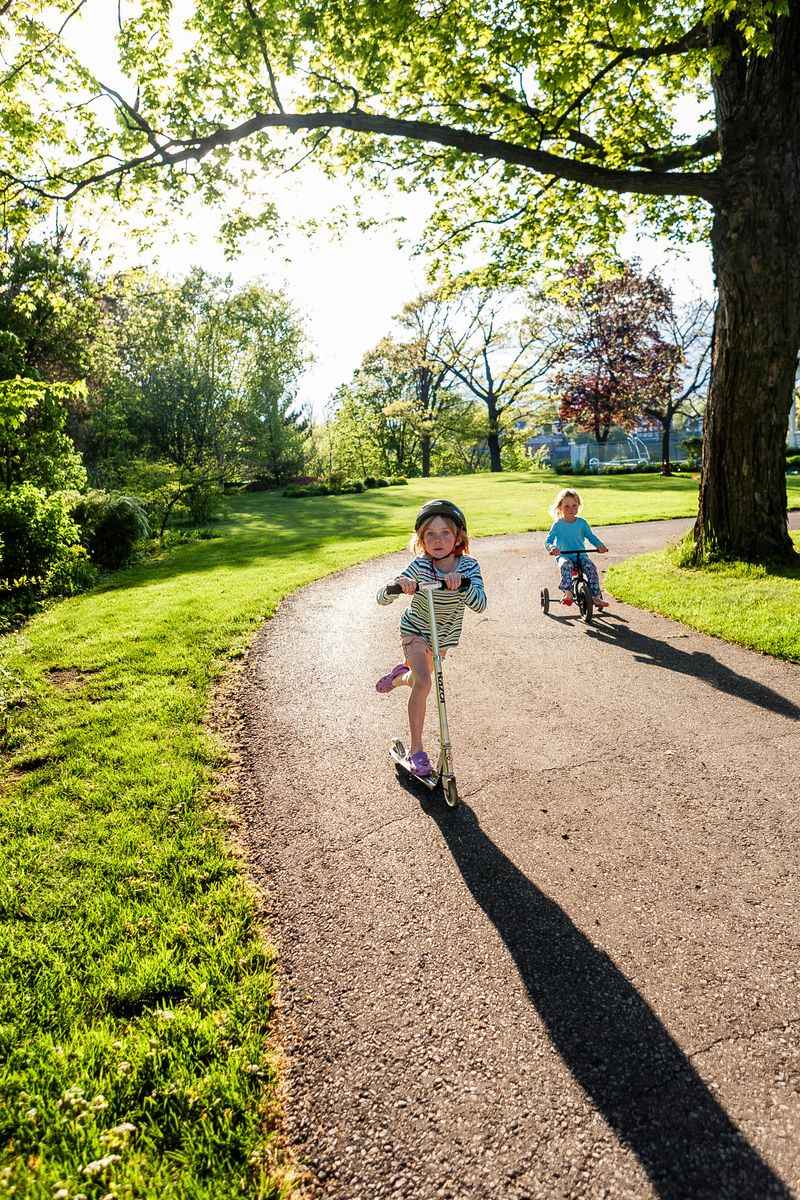
Playgrounds used to be thrilling and hazardous in equal measure: metal slides scorching in summer, concrete landings, and towering monkey bars. Injuries were accepted as inevitable. Design standards evolved, emphasizing surfacing, fall heights, and equipment spacing. Today’s parks favor composite materials, guardrails, and impact-absorbing ground. Supervision—by caregivers or staff—adds another buffer, and signage clarifies age ranges. Critics lament lost daring, but research supports fewer severe injuries without eliminating adventure. Nature play areas, parkour parks, and supervised risk-friendly zones aim to balance excitement with safety. We’re not banning risk; we’re curating it so exploration builds confidence rather than catastrophic outcomes.
12. Minimal Privacy for Kids
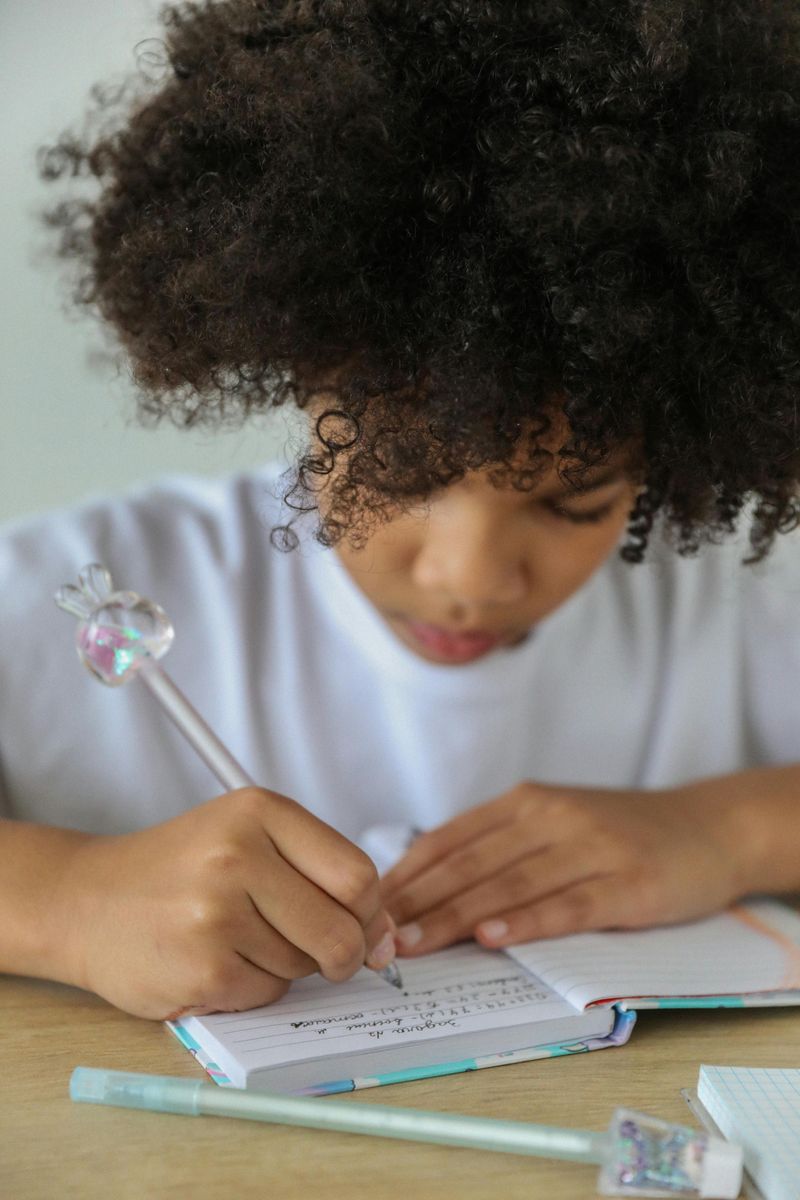
Reading diaries and monitoring phone calls once seemed like standard parenting. The digital age complicated privacy, expanding both risks and rights. Today, families negotiate boundaries: device contracts, transparent monitoring, and age-based autonomy. Laws and school policies increasingly recognize minors’ privacy in health and counseling contexts. Parents aim to build trust, using open conversations rather than secret surveillance. The goal is mentorship over control—teaching judgment, digital literacy, and consent. When monitoring is needed, it’s disclosed and time-limited. Respecting privacy isn’t permissiveness; it’s preparation, helping kids practice independence safely before the stakes get higher and the platforms grow more complex.

Comments
Loading…